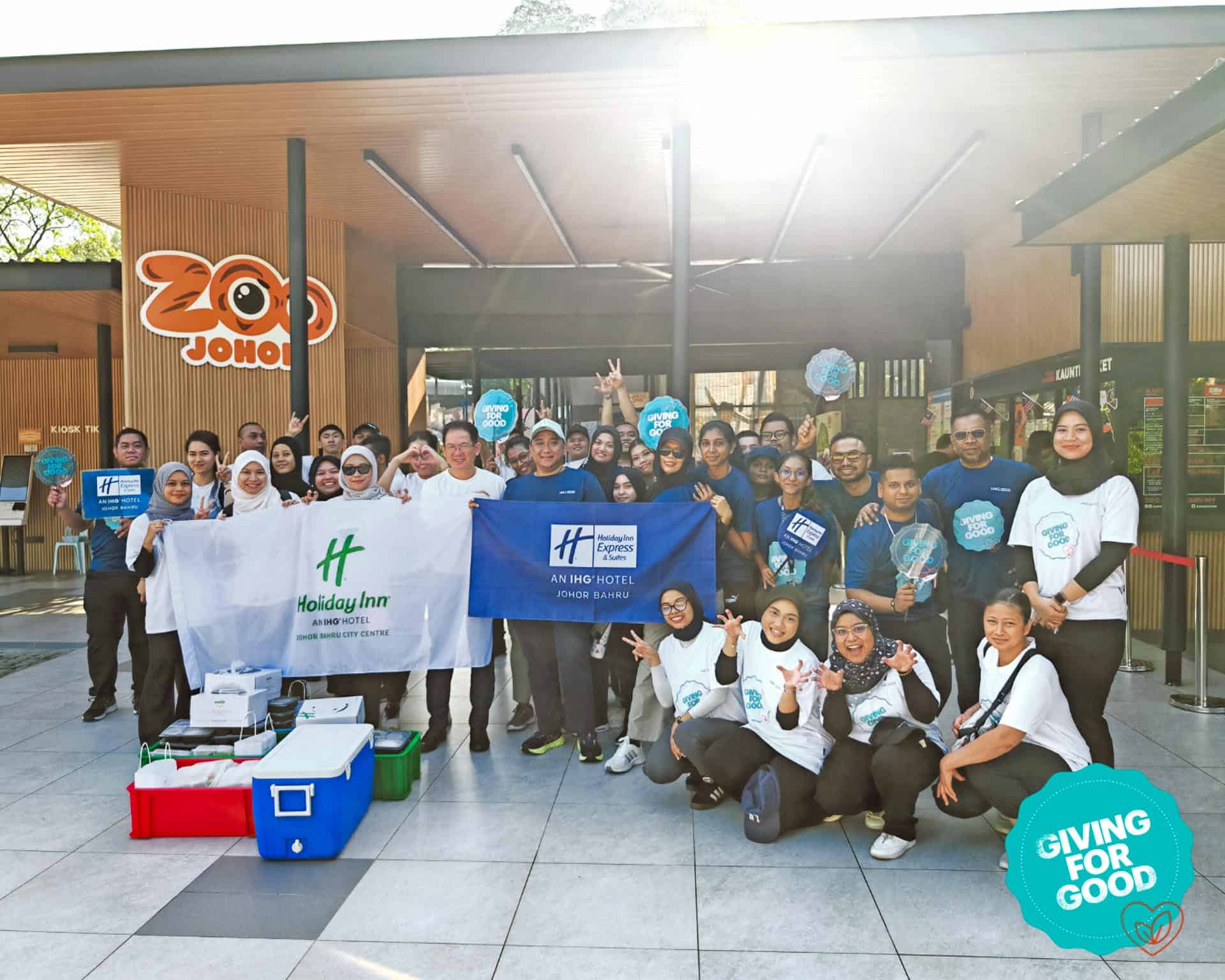
Not until very recently, e-learning is possibly one of the most popular buzzword across education content – from kindergarten to tertiary education, we find ourselves welcoming an era of ‘new classrooms’.
While e-learning adoption may have been amplified by current circumstances, learning through digital media is the fitting design of learning for a modern student. It’s challenging, but also very timely. However, to ensure that your child gets the best learning experience still, it’s worth to consider adopting a few tips at home to make learning more effective for your child.
1. Create A Timetable
In school, children’s activities are bounded by a timetable – this is to help them recognise a routine. Clinical Professor Of Psychiatry And Behavioural Science, Jean M. Thomas, M.D., stated that children are sticklers for predictability because a reliable schedule helps them feel safe.[1] It increases their sense of security because they know what’s coming next. At the same time, this helps them to master time management skills since young.
An easy and effective way to do so is to create a timetable board. If you don’t have a whiteboard at home, you can start with printouts. There are lots of freely available online templates for you to customise. To make a big one, just print them out in a few separate A4 papers then paste them together. To make the timetable more interesting, feel free to design them with colourful labels and stickers!

2. Create a spacious, fully equipped learning area
Just like adults who are working from home, a designated study area will help your child to stay focus. Make sure the area is fully equipped and organised with all the possible learning materials needed in plain sight – the less time your child spends fumbling through to find a colour pencil, the more time they have to focus on their homework.
3. Get creative with hands-on activities
Learning is always more fun if it’s hands-on. Given the opportunity, you should give your child a chance to apply what they’ve learned in practical ways. Schools would usually provide children with various creative activities to help them learn through experiences. To do the same at home, consider creating your own “homework” with your children.


Don’t worry if you’re lacking of ideas, there are tons platforms that can help you out. For example, some online education sites provide a good selection of free online learning resources for children. Simply print out the worksheets and compile them into “DIY workbooks” for your child. Freely available apps, such as Epson Creative Print App, also consists of many downloadable creative projects parents can explore with their children. Simply search for it at Apple or Google Play Store.
This is why having a good printer at home can be a parent’s best partner in e-learning for your child. Choose something that’s convenient and suitable for you. For example, the Epson EcoTank L3156 is an economical and WiFi-enabled printer that prints of up to 7,500 coloured and 4,500 black-and-white pages!
Not only do these activities help your child feel more connected to what they’ve learned in class, but they also make lessons easier to remember. After all, it’s usually more effective to learn by doing than being told to.
4. Bigger imagination with a home projector
To make learning more fun and immersive at home, use a portable home projector to create bigger images! Home projector is an innovative evolution of today’s gaming and movie experience. Larger screens, crisper imagery and diverse connectivity with streaming platforms and speakers mean every kid has a ticket-worthy cinema right at home.
To opt for an entry-level, affordable home projector, consider Epson EF100 home projector – they are easy to set up, compact, and versatile at every angle. Its versatility makes it the ideal machine for anyone who has a limited space but would love a big image within their home, including parents teaching their kids, people working from home or even movie lovers who want a more immersive cinema experience.
5. Share your enthusiasm for learning
If you’ve seen how a kindergarten teacher conducts a class, chances are, you’ve heard them speak in a particularly enthusiastic, high-pitched tone. That is because enthusiasm from the teacher would rubs off with the class, especially when it comes to learning new things. If your child sees that you’re sincerely enthusiastic about learning, they’re likely to become enthusiastic about learning.
Take opportunity to discover new information with them and show excitement for “going to class”! . As your children sees the joy and excitement learning brings to your life, they will begin to share your enthusiasm for learning new things as well.
[1] https://www.parents.com/toddlers-preschoolers/development/social/toddler-routines-schedules/